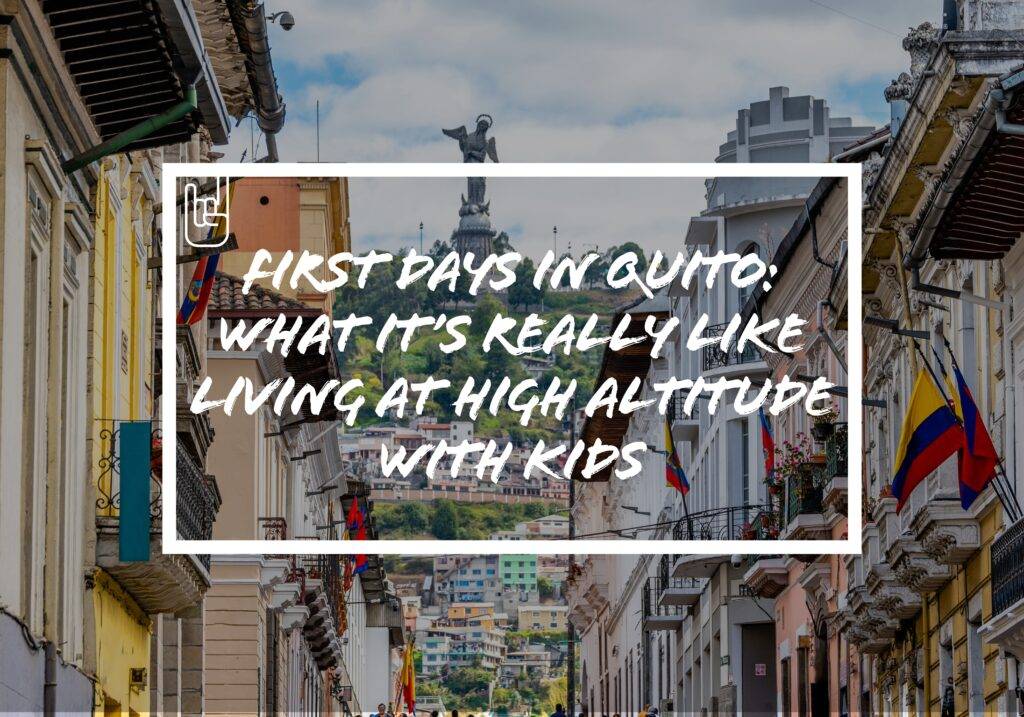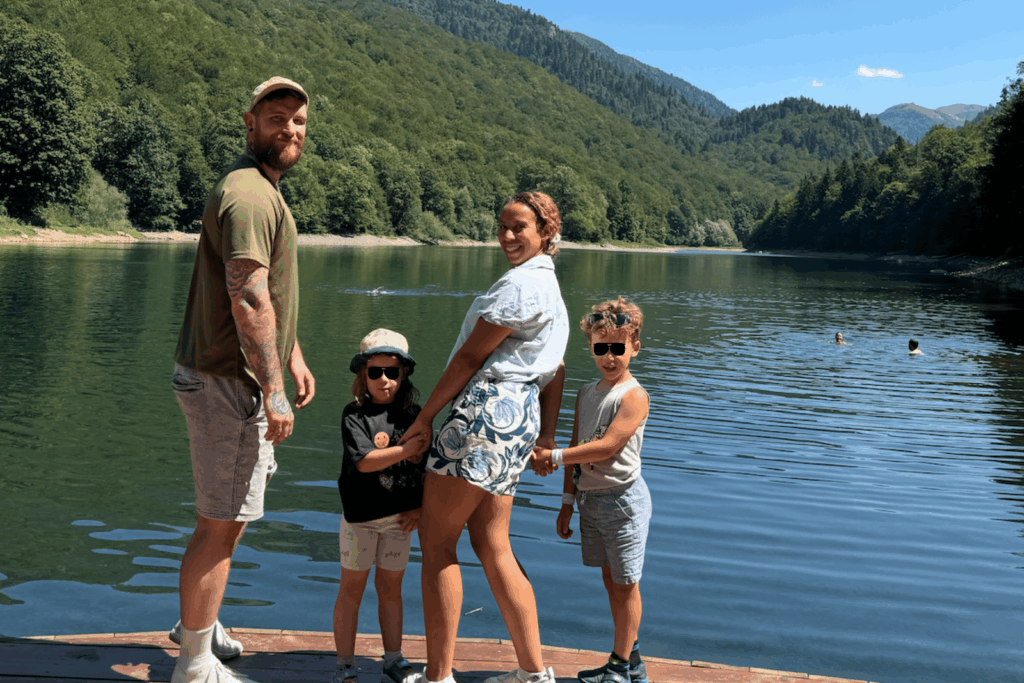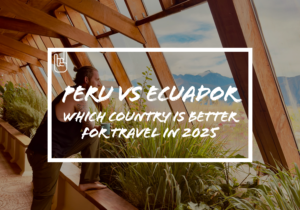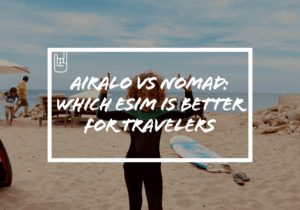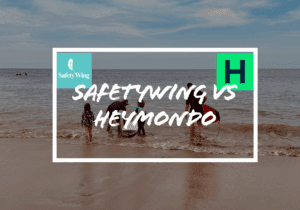First Days in Quito: What It’s Really Like Living at High Altitude With Kids
Perched high in the Andes at 2,850m, Quito is one of the world’s highest capitals, and adjusting as a family is no small feat. From breathless walks to bedtime crashes, here’s our first-hand experience of what it’s really like moving to Quito with kids and learning to live at altitude.
What It’s Really Like Living in Quito at High Altitude
Landing in Quito, Ecuador, hits you in two ways: first with the breathtaking beauty of the Andes, and second with the reality of suddenly living at 2,850m (9,350 ft). Families often wonder, “What does it feel like to live at high altitude with kids?” Here’s our honest account from our first week of adjusting.
This blog is fuelled by caffeine and chaos, if it helps, support our journey
How to Adjust to Altitude in Quito With Kids
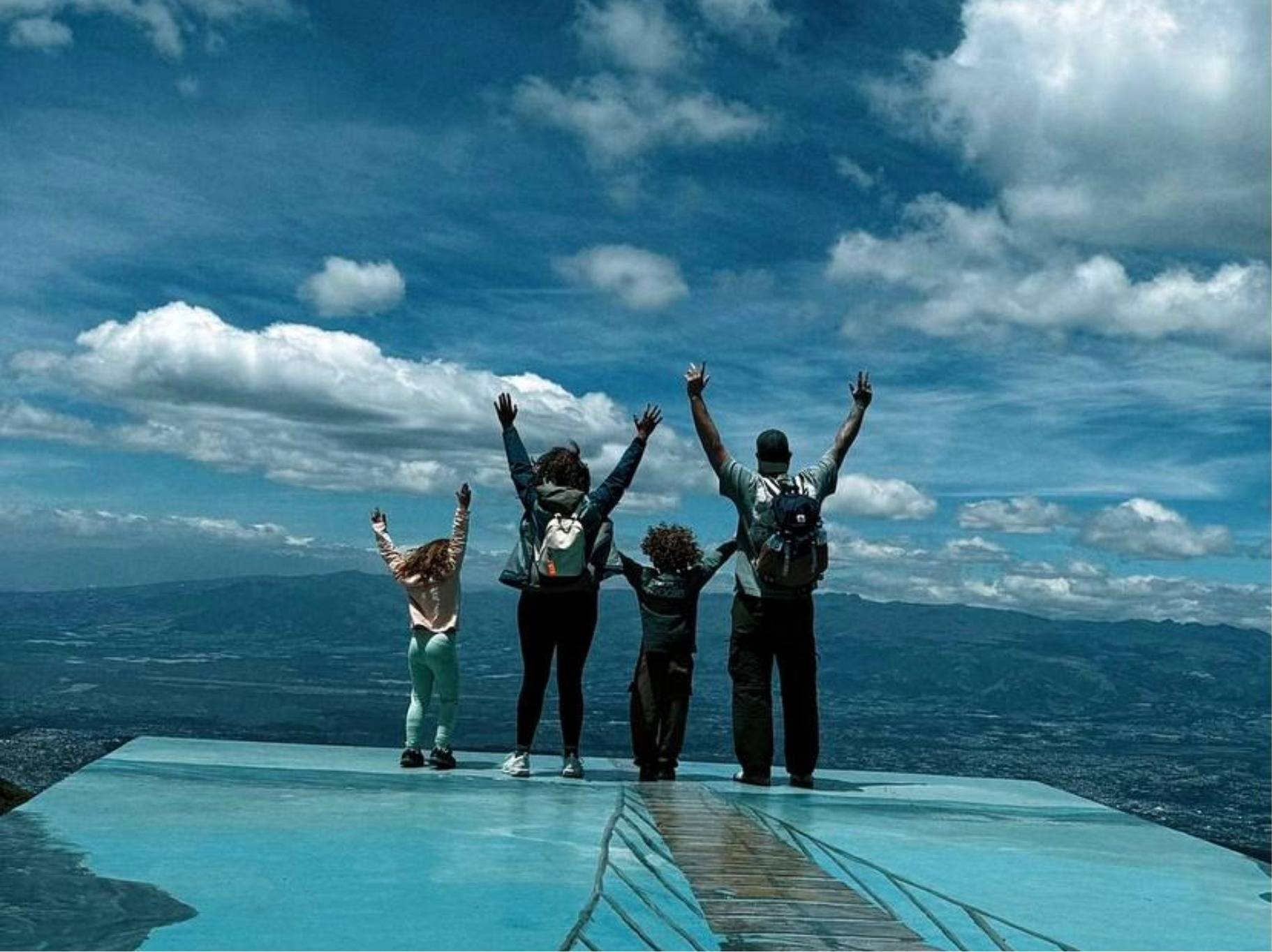
Altitude means less oxygen in the air, which forces your body to work harder. The science is straightforward, but the lived experience is messier.
Here’s what our family felt in those first few days:
- Everyone was tired by 7pm, even the kids who usually bounce off the walls.
- Headaches crept in during the evenings.
- A short uphill walk felt like climbing a mountain.
- Our breathing was heavier even while just walking to the bakery.
Most people begin adjusting after 3–5 days, but kids can feel the impact more intensely. That’s why it’s worth building buffer days into your Quito itinerary.
Family-tested tips for adjusting:
- Hydrate more than usual (carry reusable bottles + electrolytes).
- Stick to lighter evening meals (fruit, veg, lean proteins).
- Get outside in the mornings, natural light helps reset body clocks.
- Don’t fight early bedtimes. If your body wants 7pm sleep, go with it.
Quito With Kids: Is It Family Friendly?
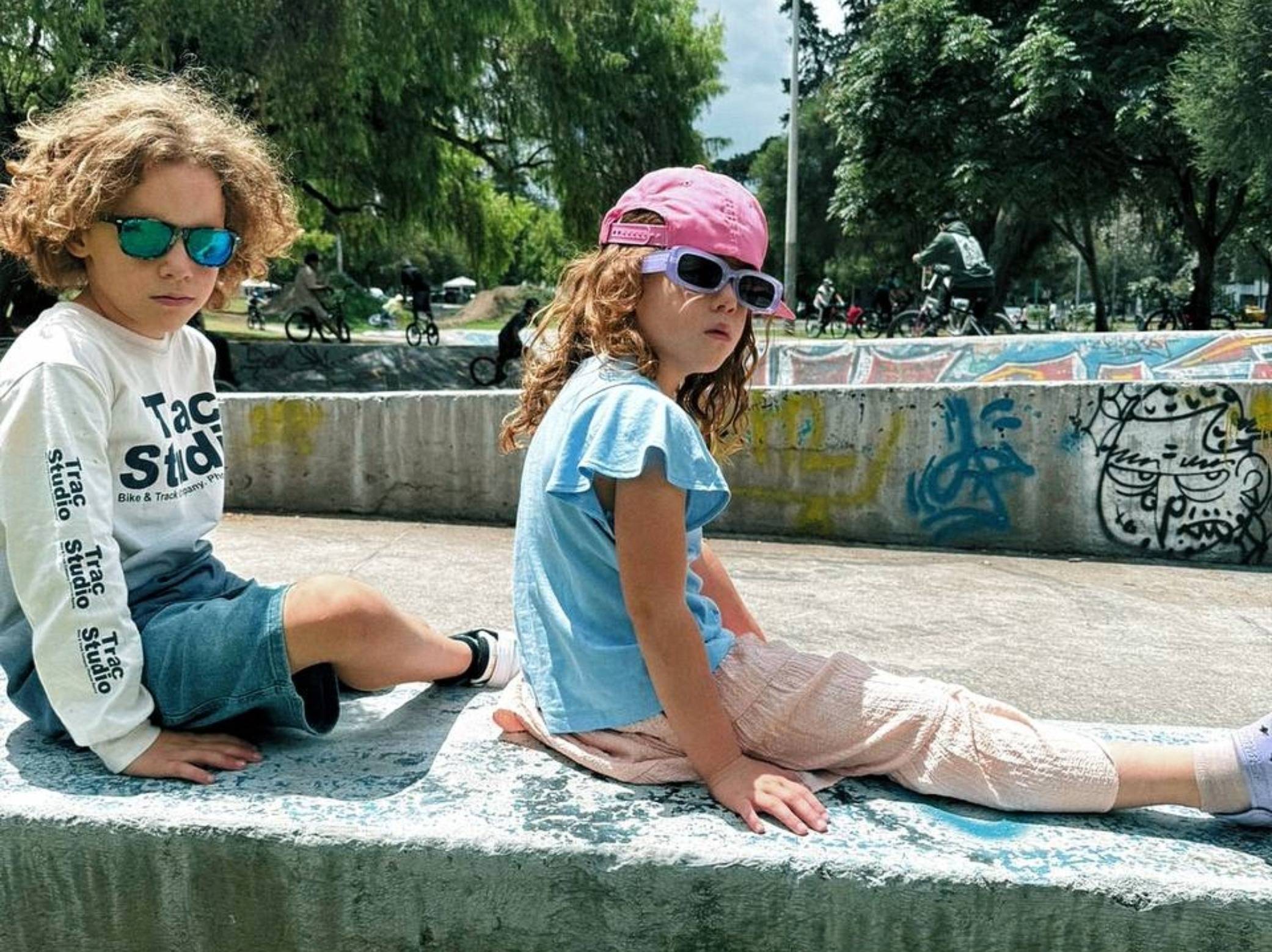
Despite the altitude challenge, Quito can be a great base for families, if you plan ahead.
- Language: Basic Spanish is essential. Very few people spoke English in our neighbourhood, but locals appreciated every attempt we made. Even the kids mastered “gracias” and “pan, por favor.”
- Green space: La Carolina Park became our daily anchor. With playgrounds, bike paths, and open space, it was a safe outlet for the kids and only 15 minutes from our apartment. We stayed in the Quite residence.
- Transport: Buses are cheapest, but with kids, we often leaned on Uber. A 40-minute ride to the historic center only cost $3, worth it for the convenience when little legs were tired.
👉 Related post: Cost of Living in Ecuador
Food and Water: What Families Need to Know
Water safety: Quito’s tap water is treated, but it tastes strongly chlorinated. We carried a Lifestraw filter bottle, which helped reduce waste and gave us peace of mind, though the taste lingered.
Eating with kids:
- Fruit is incredible here, passionfruit, papayas, mangoes, and more for pennies compared to UK prices.
- Bigger supermarkets are good for staples, but the best produce and bakery goods came from small local shops.
- Eating off the tourist path meant meals under $3 each, and often a conversation with the owner. Lunch time equals Almuerza menu.
Family Packing Tips for High Altitude Destinations
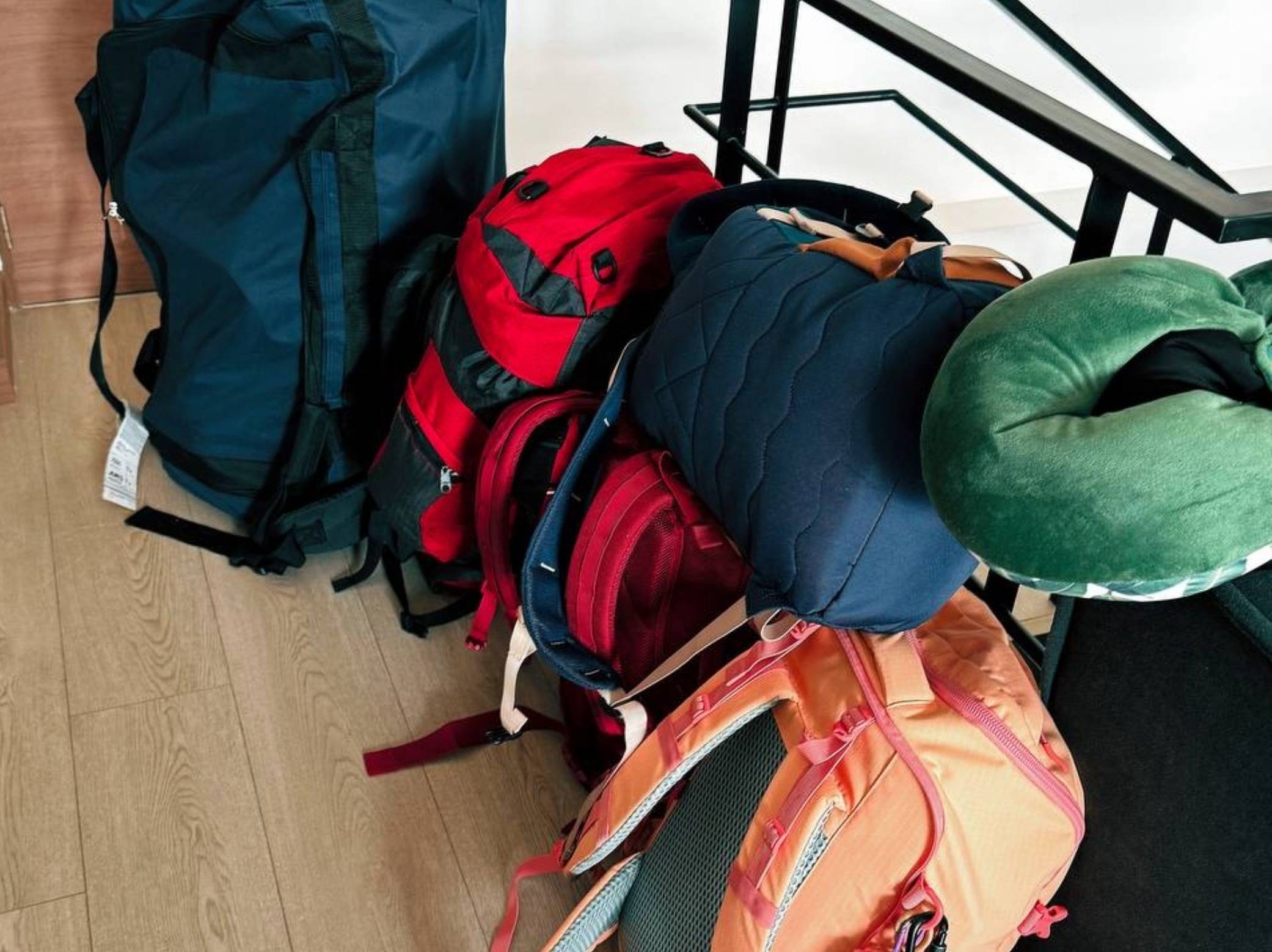
South America’s varied climates make packing tricky. One day is hot and sunny, the next chilly and damp. We learned this the hard way by overpacking, repacking, and still underpacking.
The 5-4-3-2-1 Packing Method (Explained):
5 tops, 4 bottoms, 3 accessories, 2 shoes, 1 swimsuit.
→ Great in theory, but with kids? Unrealistic. You have to remember you’re not solo travelling and as annoying as it is, yes you have to bring so much more.
Our real system:
- Shoes: 3 pairs each (trainers, sandals, waterproof).
- Layers: Lightweight jumpers + waterproof jackets.
- Comfort: The kids’ cuddly toys made the cut.
- Rule: If it can’t be worn twice, it doesn’t get packed.
What we wish we hadn’t packed:
- Too many “just in case” items — half stayed unused.
- Heavy books — better to download e-books for travel.
- Bulky rain ponchos — local shops sell cheap, lightweight versions.
👉 Deep dive: Our Full Time Packing List
A Day in the Life: Our First Week at Altitude
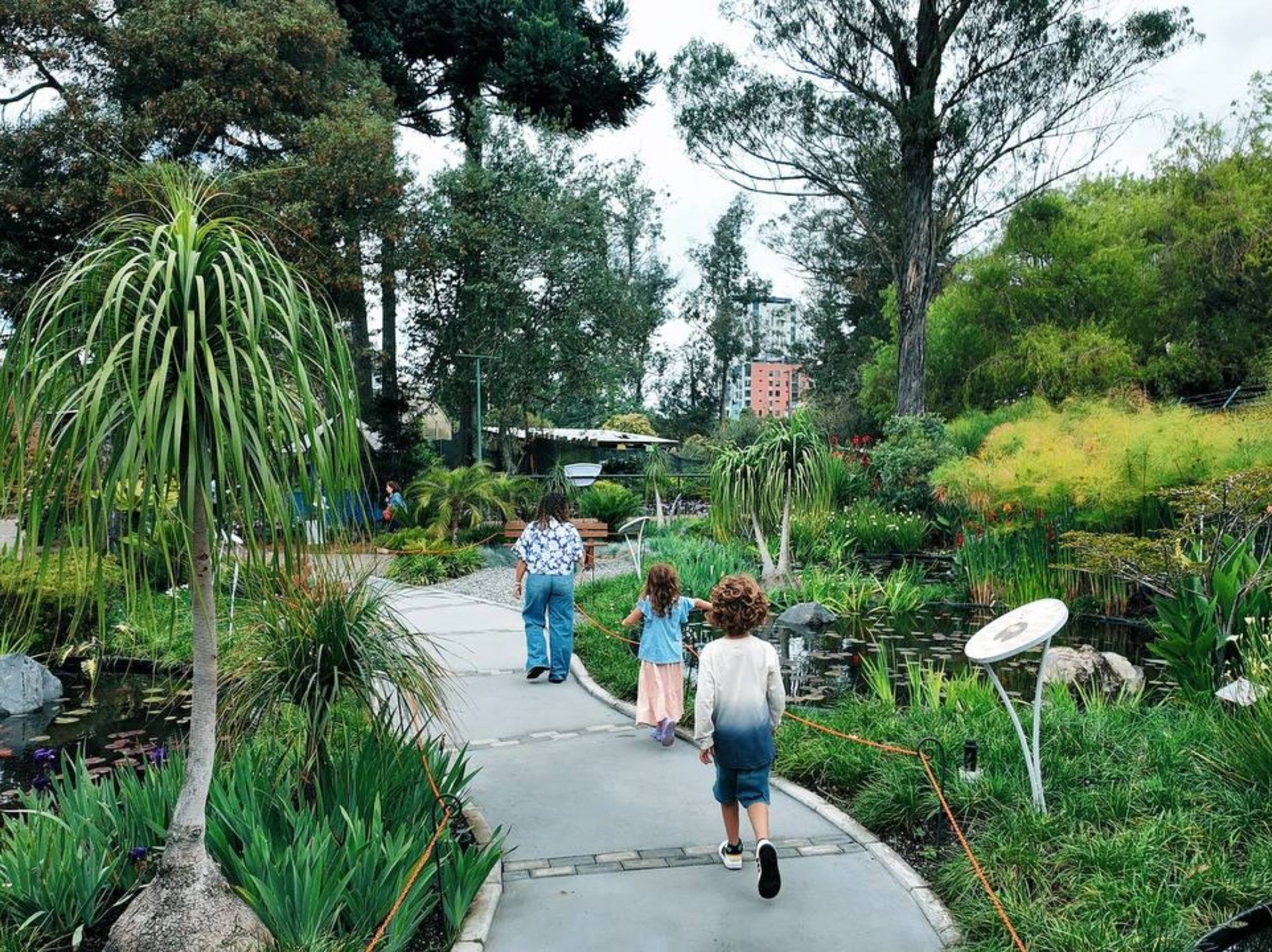
Here’s what one of our first days in Quito looked like:
We woke at 6am, not because we wanted to, but because the kids were wide awake and ready to play. Breakfast was fruit and bread from the corner shop, with our best attempts at ordering in Spanish. By 10am, just walking to La Carolina Park left us out of breath. The kids laughed at us for being so slow, only to flop down themselves after ten minutes of running.
By the afternoon, we were all dragging. Dinner was simple fruit and eggs, and by 7pm the kids were asleep mid-story. We weren’t far behind.
It wasn’t glamorous, but it was real, and by day five, the early crashes turned into longer stretches of energy.
Culture Shock: Being the “Foreign Family”
The biggest surprise? How much we stood out. We expected plenty of tourists, but in August at least, we were the odd ones out. People often stared, sometimes curiously, sometimes warmly.
At first it was uncomfortable, but soon we realised it could be an invitation. When we ate where locals ate, we found better meals, lower prices, and more genuine connections. The best food we had cost under $3 and came with a story.
Practical Quito Travel Tips for Families
- Sort your eSIM locally, long-term, it’s cheaper than Airolo-style apps. We found a Tuenti in their main big shoping center.
- Book accommodation near a park, even a short walk feels long at altitude with kids.
- Keep the first few days light, between altitude and jet lag, downtime is essential.
- Embrace the stares, you’re different, and that’s okay.
FAQs About Quito and Altitude
Is Quito safe for families?
Yes, but like any capital city, safety depends on location and habits. Stick to well-lit areas, use Ubers at night, and book accommodation in family-friendly neighbourhoods near parks.
How long does it take to adjust to altitude in Quito?
Most families feel better after 3–5 days. Kids may need longer. Plan slow days, hydrate, and avoid overexertion.
What should you not eat or drink at altitude?
Avoid heavy, greasy meals in the evenings, they’re harder to digest. Stick to fresh produce, lean proteins, and avoid excess caffeine and alcohol while adjusting. If you buy fruit and veg wash really good.
What’s the best way to get around Quito with kids?
Uber is the easiest and most affordable option for families. Buses are cheaper, but can be crowded and overwhelming for young children.
Final Thoughts: Quito as a Family Base
Living in Quito at altitude with kids is a mix of exhaustion and wonder. You’ll face early bedtimes, slow uphill walks, and cultural differences. But you’ll also eat the freshest fruit of your life, discover safe city parks, and show your kids what it means to adapt and thrive in a whole new environment.
For families dreaming of South America, Quito is a challenging but unforgettable first stop.

